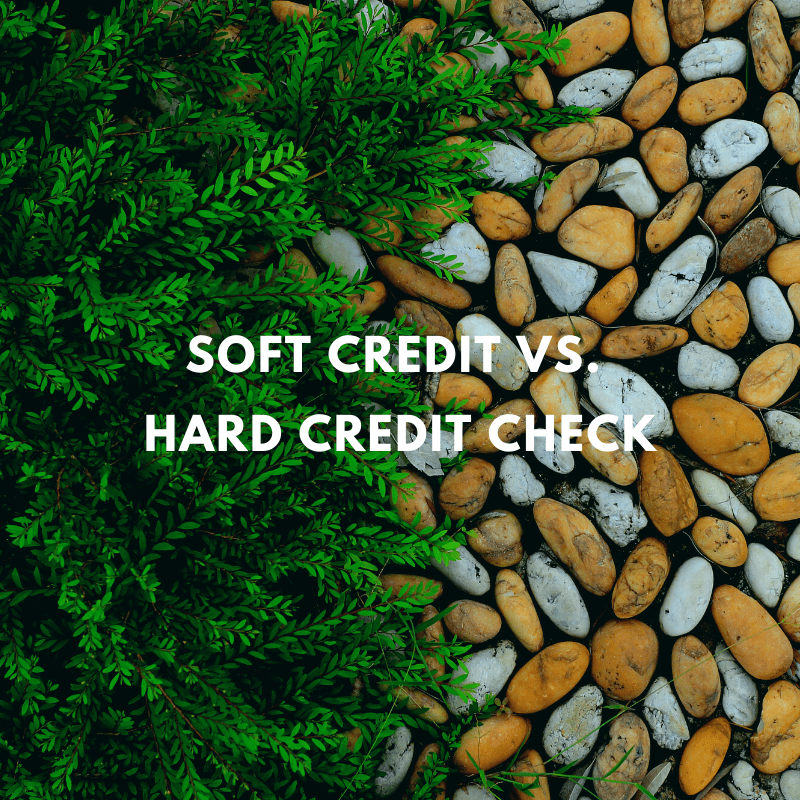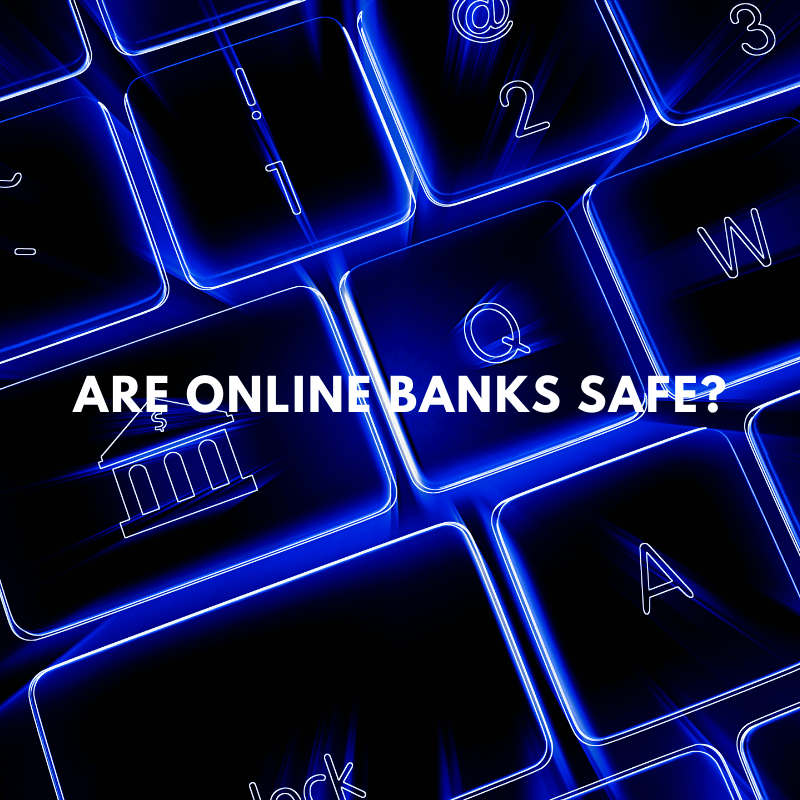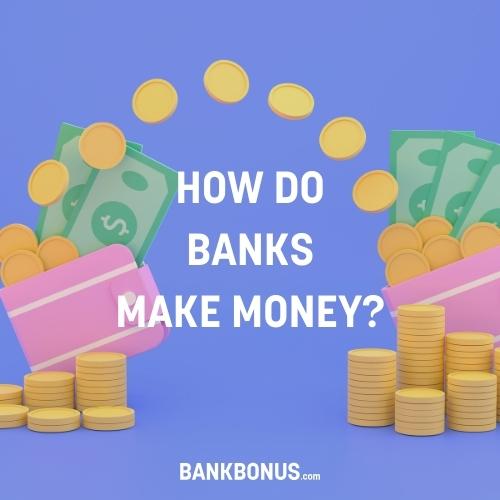If you’ve been denied a checking account, a checkless checking account is something that might have popped up on your radar.
This alternative checking account has a lot going for it, but it’s not without cost. You may have to give up several things, and it is not necessarily fee-free either.
Even so, it can represent a viable option should regular checking accounts be off the table.
In this article, we will be looking at checkless checking accounts in detail. We’ll cover what they are, who they’re for, eligibility, fees, and their pros and cons.
What Is A Checkless Checking Account?
A checkless checking account is a checking account that does not come with checks.
These deposit accounts also tend to do away with two other types of checks as they do not require a ChexSystems check or credit check.
Checkless checking accounts also have one other feature that is absent – overdrafts. Without any overdrafts (or overdraft protection), you will not be able to withdraw more money than you have in your account.
So the account will effectively be credit-less since you won’t be able to make any transactions on credit.
Who Is A Checkless Checking Account Best For?
If you have been denied a checking account due to poor credit, a checkless checking account might be for you.
There are no credit checks required to qualify, allowing you to rebuild your credit score. You can use the account to qualify for a regular checking account in the future.
But checkless checking accounts are not just for people with poor credit. Check usage is down significantly across that US, with the Federal Reserve reporting a drop of 63% in personal check usage between 2000 and 2015.
On the other hand, ACH payments saw an increase of almost 100% over the same period.
If you’re one of those who has shunned paper checks in favor of electronic transfers such as ACH and Zelle, then a checkless checking account might also be for you.
Of course, you’ll need to keep in mind that you’ll be giving up more than just checks – with one prime example being the lack of overdraft facilities.
While this might be a deal-breaker for some, remember that overdrafts carry hefty fees. If your account is constantly going into overdraft, a checkless account can help you save some money.
Checkless Checking Account Features
While checkless checking accounts come with fewer perks and features, this does not mean that they come with no features at all.
There is quite a lot to look forward to, and you can even save some money by having a bank account.
Mobile Banking App
Checkless accounts come with mobile banking apps that allow you to bank from the comfort of your home or virtually anywhere else as long as you have an internet connection.
Mobile app features vary from one financial institution to another. Typically they include the ability to check your balance, transfer funds and money, and receive alerts, to name but a few.
Bill Pay
Bill Pay is a feature of mobile banking apps and allows you to make bill payments through your app or internet online banking.
Mobile Check Deposit
Mobile check deposit is another feature of mobile banking apps. It allows you to deposit checks straight from your mobile phone by taking a picture using your phone’s camera and submitting it to the bank for verification.
Once verified, the money will be deposited into your account, saving you the trouble and fees of cashing checks elsewhere.
Interest
While not common, interest-bearing checkless checking accounts do exist. Interest is typically offered as an APY (Annual Percentage Yield).
It’s applied to your balance, giving you good reason to save as much money as possible. Typically it’ll be lower than rates offered on savings accounts and money market accounts, but something is still better than nothing.
Debit Card
While you might not qualify for a credit card, a prepaid debit card will still give you access to your money on the go and ATM withdrawals.
Of course, you can only spend the money you have since debit cards do not offer credit facilities. Most banks will provide cards by one of the three main issuers – Visa, American Express, or Mastercard.
FDIC Insurance
Checkless accounts are still insured by the FDIC (Federal Deposit Insurance Corporation) in the case of a bank or the NCUA (National Credit Union Administration) in a credit union.
Checkless Checking Account Fees
Just like other types of accounts, some checkless checking accounts also come with fees.
But there are also free ones, making them an even more useful tool for rebuilding your credit (especially if you’re struggling with making payments on time).
Monthly Maintenance Fee
Some checking accounts, especially those from big-name banks, come with a monthly service fee. But you may be able to avoid the checking account fee by completing qualifying activities like keeping a minimum monthly or daily balance or making direct deposits into your account.
Some banks also offer checkless checking accounts with no monthly fees or minimum balance requirements.
You’ll often find this at online banks, which can offer accounts with no fees due to the lower overheads because they don’t operate any branches.
Other Fees
Checkless checking accounts do not have any overdraft fees and, in most cases, no NSF fees either.
Some accounts will charge a fee for incoming wires (domestic or international), while others do not. Since this can vary drastically from one bank to the next and even from one account to the next, it’s important to read any disclaimer or terms and conditions that come with the account.
Many banks also publish their fees, so you know how much each thing costs. So you can plan better and set budgets that reflect your spending habits, refer to your most recent bank statement and see which bank fees you most frequently had to pay.
Doing this can help you understand which fees you’re most susceptible to so that you can choose the bank that offers lower fees on those things when opening your new account.
Pros & Cons
Just like everything else, there are pros and cons of checkless checking accounts. Finding the perfect account could be tricky – more likely than not, you’ll have to give up on a few things to gain others. Here are some of the main pros and cons:
Pros:
- No credit or ChexSystems check. Since checkless checking accounts don’t offer credit, this means no credit or ChexSystems checks are required. So, if you’ve been denied an account in the past because of poor credit, you might still be eligible for a checkless checking account.
- No overdraft fees. With no overdraft with the account, you won’t have to worry about high overdraft fees.
- Can help you improve your credit score. Having a checking account in good standing can be a good thing for your credit score.
Cons:
- No checks. In most cases, checkless checking accounts do not include any paper checks, which can be a problem if you still use them.
- No overdraft. Checkless checking accounts don’t come with an overdraft. That means, if you’re short on money, you will not be able to complete the transaction.
When To Open A Checkless Checking Account
If you were denied a conventional checking account, opening a checkless checking account might very well be a good alternative.
But first, make sure you request a copy of the report from the bank that denied you an account.
That way, you’ll be able to make sure the information is both accurate and factual. While mistakes are rare, they do happen, so before calling it a day, you might want to verify that you were declined an account for a reason.
If everything checks out, opening a checkless checking account could help you recover your credit score and put you on the road to eligibility for a standard account.
Some banks will also give you the option to convert a checkless checking account into a standard one after some time, usually one year. Of course, there are some requirements, such as keeping the account active and making sure it’s showing a positive balance.
FAQs
What is a conventional checking account?
A conventional checking account is a standard checking account, also referred to as traditional checking accounts.
What’s included in a traditional checking account will vary from one financial institution to the next, with both banks and credit unions free to add their own perks and features.
Even so, overdrafts are a common feature of conventional checking accounts, which is why the bank will run a credit check or ChexSystems check on you before opening the account.
Should you be denied an account, a checkless checking account might be an excellent option to consider.
What is a dividend checking account?
A dividend checking account is an interest-bearing checking account, usually offered by most of the best credit unions.
They are called dividend checking accounts since having an account at a credit union makes you a part-owner of that credit union, which entitles you to dividends. In this case, you’ll earn dividends as interest on your account.
In financial jargon, a dividend is the shareholder’s share of profit from the company’s profits.
What is a performance checking account?
A performance checking account is a name given to certain types of checking accounts.
While there’s no established convention or agreement on which type of checking account gets the performance moniker, these checking accounts will typically have a higher APY interest rate.
Can you go to jail for a negative checking account?
Unless you had criminal intentions when overdrawing your account, you would not go to jail for having a negative balance on your checking account.
Overdrawing your account is considered a civil offense and, as such, should be rectified as early as possible.
However, it’s a criminal offense to write a check from a closed bank account and fail to make your bad check right within ten days of receiving notice.
Are Checkless Checking Accounts Right for You?
Whether you’ve been denied an account in the past or want a checking account without checks, a checkless account can be a great option.
Many banks, such as Bank of America and several others, offer checkless checking accounts, making them quite ubiquitous and commonplace. You won’t need to go very far to get one of these accounts.
The good news is you don’t have to give up on many of the features that come with a traditional, modern checking account.
Aside from checks, and in most cases, overdraft facilities, you will not be giving up much else – giving you the flexibility and freedom to continue banking your way.





No comments yet. Add your own